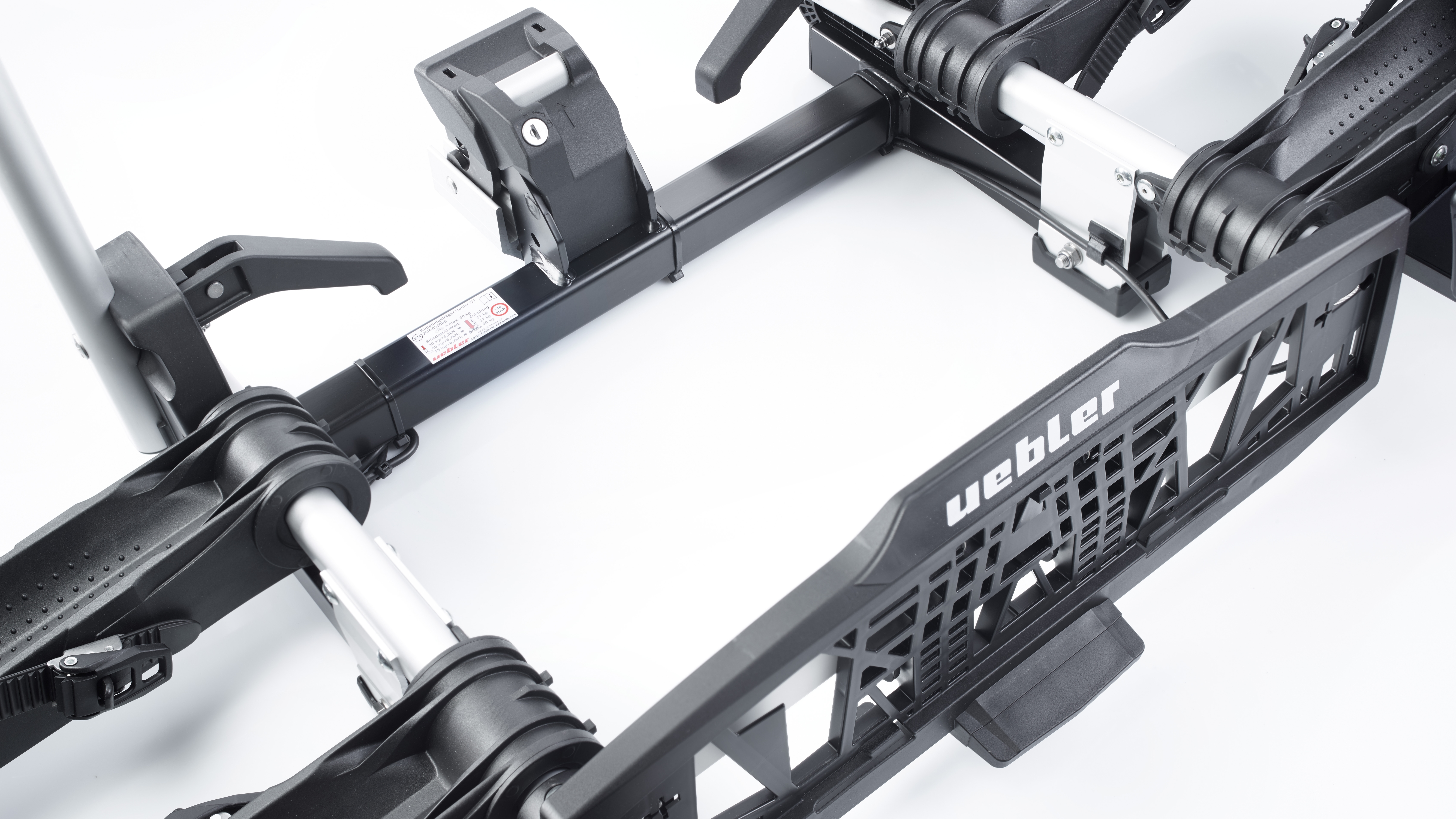The powder coating is usually applied with layer thicknesses of 60 to 120/180 µm. If the layer thicknesses are between 30 and 50 μm (see Pietschmann, Industrielle Pulverbeschichtung, 2010), this is referred to as thin-film powder. Thin-film powders have been used in the industry for some time. However, the Holzapfel Group can now also apply an ultra-thin powder coating of approx. 20 to 40 μm.
For special technical requirements
This extremely thin powder coating is particularly interesting when precision fit is required. This can be the case, for example, when components are installed with other components and the fit must be guaranteed. The thin or ultra-thin powder coating is also suitable for other technical requirements such as fine holes that need to be kept open or threaded bolts that are not covered. In these applications, the precise coating helps to maintain fitting dimensions and ensure functionality. The ultra-thin powder coatings also impress with their excellent flow properties. Since, depending on the application, no covering of threads or holes is necessary, they may also mean less handling effort.
The process is also suitable for applications that were previously carried out with black zinc coatings or cathodic dip coating (CDC).
Material savings protect the environment
Another major advantage of ultra-thin powder coating is the significantly lower material consumption. Not only is less powder coating required. In fact, the thinner layers are also baked at lower temperatures, which further reduces the burden on the environment. The ultra-thin powder coatings therefore also contribute to sustainability and resource conservation by achieving greater material efficiency through lower powder consumption.
The ultra-thin powder coating is made possible by producing the powder coatings used in a different formulation to the "standard powders". They are ground more finely, contain a higher pigment content and special additives or binders that achieve high pigment absorption. This means that thin-layer powders can still achieve good coverage with reduced layer thickness, although this also depends on the selected color shade. The finer grinding reduces the coarse parts of the grain spectrum and thus enables physically thinner layers.


